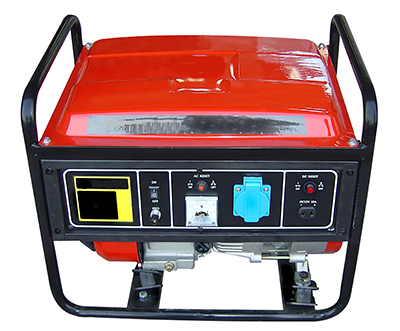Safety & Electricity

Electricity can be as dangerous as any hazardous weather condition, and it is inside of everyone's home. Safety concerning home electronics is often taken for granted. Ignoring electrical safety instructions may put your safety and property at risk. Below are a few ways to make sure your house is electric safe.
Outlets
Check for outlets with loose-fitting plugs, exposed wires or broken plates. If you have any of these, have them repaired by a qualified electrician. Use safety covers on all outlets accessible to children.
Surge Protectors
Only use surge protectors with internal circuit breakers. To prevent overheating, these units will trip the breaker if the power strip is overloaded or shorted to prevent overheating. Do not plug a surge protector into an existing surge protector. When the surge protector is not in use, unplug the unit. Make sure surge protectors are free of dust, water, and other particulates that may cause them to spark.
Cords
Don't place appliance cords where they will come into contact with any heated surface such as a stove. Don't hang appliance cords over counter tops, where they might be accidentally pulled down.
Frayed Appliance Cords
Exposed appliance cords can cause fire, electric shock and even electrocution. Inspect and replace chords with tears, bends and breaks.
How Many Appliances can a Circuit Handle
Knowing how much wattage a circuit can handle can prevent many household complications. Follow the Home Appliance Amp Reference to make sure you don't overburden your breaker.

Generator Usage and Safety
 Generators a great way to keep important appliances on when a storm hits. If you plan to use a generator when the lights go out, reference this Red Cross Guide on Generator Usage and Safety videos.
Generators a great way to keep important appliances on when a storm hits. If you plan to use a generator when the lights go out, reference this Red Cross Guide on Generator Usage and Safety videos.
Lightning strikes are an unfortunate side-effect of storms and can short out and harm electronics. View our lightning safety page to learn how to stay safe during an electrical storm safety.